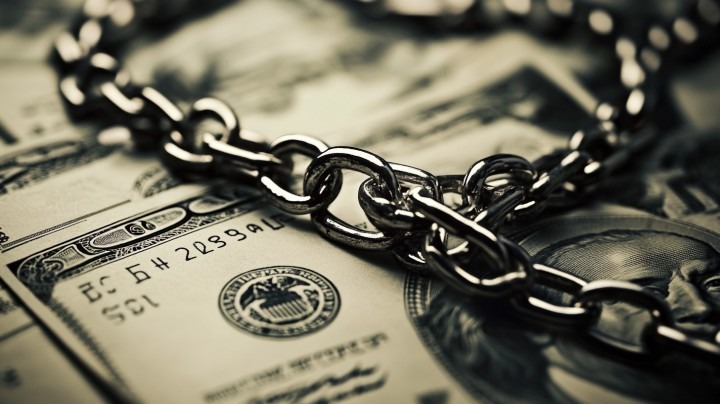Introduction
Every state has its share of strange and outdated laws, and Texas is no exception. These laws, while often humorous, provide a glimpse into the state’s legislative past and the peculiar issues that lawmakers once deemed important. In this article, we’ll uncover some of the dumbest laws in Texas, exploring their origins and the reasons they still exist today.
Historical Context
Why Strange Laws Exist
Many strange laws were created in response to specific issues or societal norms of their time. As society evolves, these laws often become outdated and are sometimes forgotten. While they may seem silly today, they reflect historical priorities and cultural values.
Animal-Related Laws
Peculiar Pet and Livestock Regulations
- No Milking Your Neighbor’s Cow: It is illegal to milk another person’s cow in Texas. This law likely originated to prevent theft of milk and protect farmers’ livelihoods.
- No Camel Hunting: It’s illegal to shoot a camel in Archer City. This dates back to when the U.S. Army experimented with using camels for transport in the Southwest.
- Don’t Let Your Chickens Cross the Road: In some Texas cities, there are laws prohibiting chickens from crossing the road. This was likely intended to prevent traffic hazards.
Marriage and Relationship Laws
Unusual Matrimonial Rules
- Proxy Marriages Allowed: Texas permits proxy marriages, where one or both parties can have someone stand in for them during the ceremony if they are unable to attend.
- Marriage Annulment for Impersonation: A marriage can be annulled if one party uses an imposter to take their place during the wedding ceremony.
Business and Commerce Laws
Odd Business Practices and Restrictions
- No Selling Your Eye: In Texas, it is illegal to sell your eye. This law is part of broader legislation aimed at preventing organ trafficking.
- No Walking Barefoot Without a Permit: Some cities in Texas, like San Antonio, require a permit to walk barefoot in public. This was likely intended to protect public health and safety.
Public Behavior Laws
Quirky Public Conduct Regulations
- No U-Turns in Certain Places: In Richardson, Texas, U-turns are illegal, highlighting how local traffic laws can sometimes be oddly specific.
- No Sitting on the Sidewalk: In Galveston, it is illegal to sit on the sidewalk, a law likely aimed at maintaining public order and cleanliness.
- No Swearing in Public: In certain cities, swearing in public can lead to fines, reflecting older societal norms about public decency.
Municipal Ordinances
Strange City-Specific Laws
- Flirting in San Antonio: In San Antonio, it is illegal to flirt with your eyes or hands. This old law aimed to maintain public decency and prevent harassment.
- Spittoon Requirement in El Paso: In El Paso, spittoons are required in all churches, halls of assembly, hotels, banks, stores, train depots, and saloons. This law dates back to when chewing tobacco was common.
Legal Consequences
Enforcement and Penalties for Dumb Laws
While many of these dumb laws are not actively enforced, they technically remain in effect. Violating such laws could, in theory, result in fines or other penalties, though enforcement is rare and often left to the discretion of local authorities.
Changing or Repealing Dumb Laws
How Outdated Laws Are Removed
Outdated and dumb laws can be repealed through legislative action. This process typically involves:
- Identification: Recognizing laws that are outdated or no longer relevant.
- Proposal: Legislators propose a bill to amend or repeal the law.
- Review: The bill is reviewed by legislative committees.
- Approval: The bill must be approved by both houses of the state legislature.
- Governor’s Signature: The governor signs the bill into law, officially repealing the outdated legislation.
Frequently Asked Questions (FAQs)
Are these dumb laws still enforced?
While technically still on the books, many of these dumb laws are not actively enforced and are often ignored by modern authorities.
Why haven’t these laws been repealed?
Dumb laws often remain because they have been forgotten or deemed low priority for legislative action.
Can I really get fined for breaking one of these laws?
It’s unlikely, as enforcement of these dumb laws is rare. However, technically, violations could result in fines or other penalties.
How can I find out if my city has dumb laws?
You can review your city’s municipal code or consult with local government offices for information on local laws and ordinances.
What should I do if I think a law should be repealed?
You can contact your local representatives and express your concerns. They can propose legislation to amend or repeal outdated laws.
Are there any other states with dumb laws?
Yes, every state has its share of odd and outdated laws. Researching state-specific laws can reveal many interesting and quirky regulations.
Conclusion
Texas is home to a variety of strange and outdated laws that offer a humorous glimpse into the past. While these laws are rarely enforced today, they serve as interesting historical artifacts that reflect the changing social and cultural landscape of the state. Whether you’re a resident or just curious, exploring these quirky regulations provides a fascinating look at Texas’ legal history.









